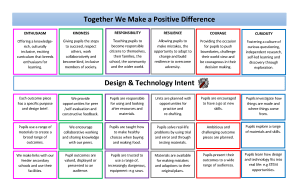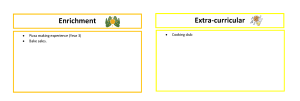Design and Technology intent
Design and Technology at Fosse Mead Primary Academy is underpinned by the national curriculum and our 6 school values.


Subject Policies/Plans
Subject Leader
Amy Shand
Design and Technology intent
Design and Technology at Fosse Mead Primary Academy is underpinned by the national curriculum and our 6 school values.


Amy Shand
Fosse Mead Primary Academy,
Balfour Street,
Leicester,
LE3 5EA
T: 0116 251 9261
E: [email protected]